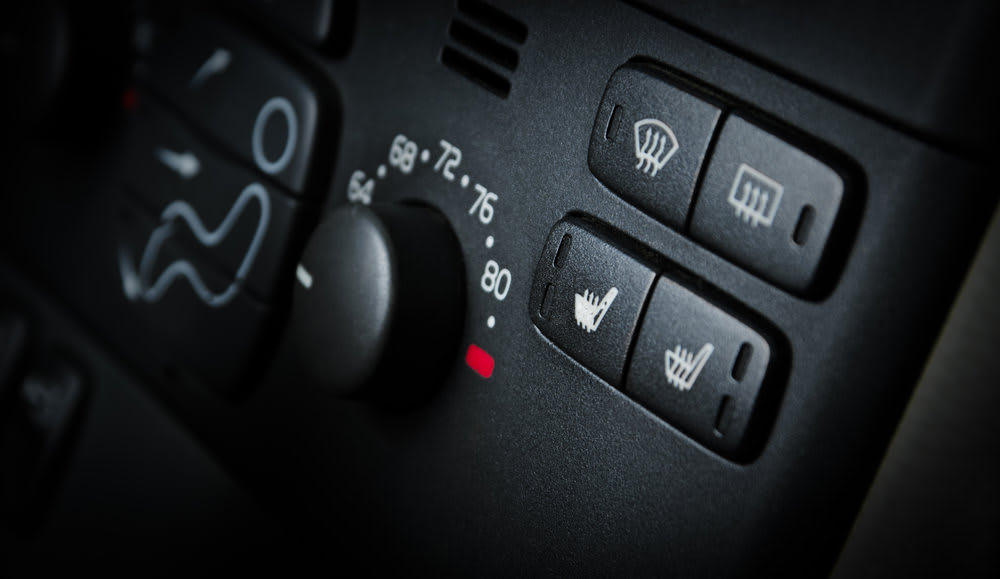

The sun sets, and the air has a chill. You pause to flip your jacket collar up, and you walk briskly to your car door and slide into the driver's seat. Once you start your car, it’s only moments before the fingers you’re holding in front of the vent begin to feel some heat. The tightness of near-shivering muscles starts to relax as you shift into drive and start for home.
Your car’s heating system integrates another system’s functions to keep you warm. It’s closely related to the engine cooling system and shares some of the same parts. Several components are at work to transfer heat into the passenger compartment of your vehicle. They include:
- Antifreeze
- Heater Core
- Heating, Ventilation, and Air Conditioning (HVAC) Control
- Blower Motor
- Thermostat
- Water Pump
How Your Car’s Heater Works
First and foremost, your car’s engine need to run to warm up the engine’s "antifreeze." The antifreeze is what carries heat from the engine into the passenger compartment. The engine will need to run for several minutes to build up heat.
Once the engine has reached operating temperature, the "thermostat" on the engine opens and allows antifreeze to flow through. Commonly, the thermostat opens at 165 to 195 degrees. As coolant begins to flow through the engine, heat from the engine is absorbed into the antifreeze and carried through to the heater core.
The "heater core" is a heat exchanger much like a radiator. It is mounted inside the heater housing inside your car’s dash. The blower motor pulls air through the heater core, removing heat from the antifreeze circulating through it. The antifreeze then carries on to the water pump.
The "HVAC control" inside your car is integral to the your heating system. It allows you to create a comfortable environment by controlling the blower motor’s speed, the amount of heat in your car, and the direction of air movement. There are several actuators and electrical motors that control doors inside the heater box in your dash. The HVAC control communicates with them to change the air direction and the temperature regulation.



